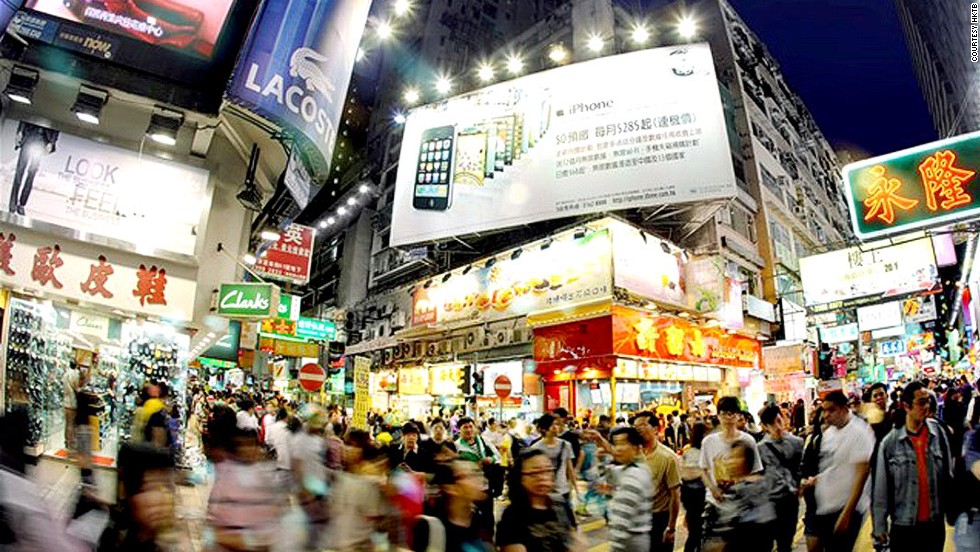Top Shopping Destinations in Asia
The shopping adventures will never end, and when it’s time to come home, you may wonder how you’re going to fit it all in your suitcases. But after you pack it all in, wear it on the plane, or ship it back home separately, it’ll all be worthwhile. Asia is a shopper’s paradise! There are bargains galore, but beware-there are so many bargains that you’ll end up spending twice what you planned on.
The Street Bazaar
Top Shopping Destinations in AsiaThe bazaars are a long-held tradition in much of Asia, and there is nothing like it in the West. Typically the bazaar is made up of hundreds of small vendor stalls selling handcrafted items, unusual imports and goods designed to capture your attention. It is easy to spend an entire day in a single bazaar, so come prepared. If you plan on doing some heavy shopping, bring a suitcase with wheels or a large backpack to hold all of your treasures. Most of the bazaars will also feature local food stalls, making your day at the bazaar a great opportunity to also sample some of the local cuisine.
Designer Goods and Shopping Malls
Top Shopping Destinations in AsiaIt’s not all local stalls and bazaars in Asia though. In places like Singapore, Thailand, Hong Kong, and the larger cities in mainland China, you’ll find huge, air conditioned and ultra-modern shopping malls with high-end designer brand names, and even familiar Western restaurant chains. Singapore for example, has malls everywhere, and Bangkok’s Emporium shopping center is a study in elegance. Hong Kong of course boasts some of the most upscale malls in all of Asia, and if you’re in China and love shopping, you can’t pass up going to Beijing just to see the Golden Resources Shopping Mall, aka “The Great Mall of China.” The largest shopping mall in the entire world, it boasts over a thousand shops and plenty of luxury brands. And of course, for elegance and upscale shopping, Tokyo’s Ginza district is a must-see.
Bargaining
Top Shopping Destinations in Asia
If you’re in a trendy boutique in a glitzy shopping mall, the clerk’s not going to bargain with you over the price of a Fendi bag, but in the smaller local shops, street stalls and bazaars located throughout Asia, it’s a skill you’ll need to learn.
Many local vendors are peddling hand-made crafts, and so they have a lot of leeway in pricing. Don’t feel like you need to pay the “sticker price”. In fact, many vendors will not list a price at all, instead quoting a price only after they size up the depth of pocket and relative gullibility of the individual buyer. It helps to know a few key phrases in the local language, but many shopkeepers do speak multiple languages. It’s not unusual to hear a single vendor holding multiple conversations over the course of just a few minutes in Hindi, English, and Thai.
Even if there is a language barrier, vendors have a way of making themselves understood. Typically, if there is a language barrier, the vendor will have a pocket calculator so they can key in the price to show you. You can still bargain even if you don’t speak the language-hold out your hand for the calculator, and then key in a lower price and hand it back. Proceed this way until you strike a deal.
Better yet, if you have a friend that’s a local, bring them along. Vendors usually have a “tourist price” and a “local price,” and your friend can typically ask for the “local price” on your behalf.
Beware of Scams
Top Shopping Destinations in Asia There are terrific and legitimate bargains everywhere, wonderful hand-crafted treasures, and plenty of friendly vendors at every bazaar. But there are a few things to look out for.
First of all, taxicabs recognize a tourist with money when they see one, and taxicab drivers will typically derive a second income by feeding tourists to certain vendors in exchange for a commission off the sales. As such, a cab driver is usually not the best person to ask for advice on a shopping destination. Another common scam is when you ask the driver to take you to a tourist destination, and they respond that “they’re closed today” because of some special national event that is usually nonexistent. They “just happen to know”, however, that there is a special government sale on gemstones going on, with below-wholesale prices, and they would be happy to take you there! Of course, the gemstones are not real or are of very poor quality,
Also, counterfeit goods may be prevalent in certain bazaars, so if it sounds too good to be true, it probably is. If you want to buy a Prada handbag, go to a licensed retail outlet. You can find what looks at first glance to be Prada handbags at bazaars in Cambodian border towns, from street vendors in Bangkok, and in some of the back streets of Hong Kong and Beijing, for the equivalent of about five dollars-but they’re not the real thing, and there’s a chance you may have it taken away by the customs agent when you go back home.
Know the customs rules
Top Shopping Destinations in Asia You can buy a full tiger skin in Burma, a jar of dried bear’s gall bladders in Cambodia, and carved ivory in Thailand, but you can’t bring it back home with you. Also, if you have your eye on picking up an original Buddha carving from the Ayutthaya period to decorate your living room, think again. In Thailand, taking Buddha images and other religious objects out of the country requires a special permit. Throughout Asia, you will find antique shops with wonderful bits of history for sale, but depending on where you are, taking certain types of antiquities out of the country may be problematic.
Article Source: http://EzineArticles.com/3390840
